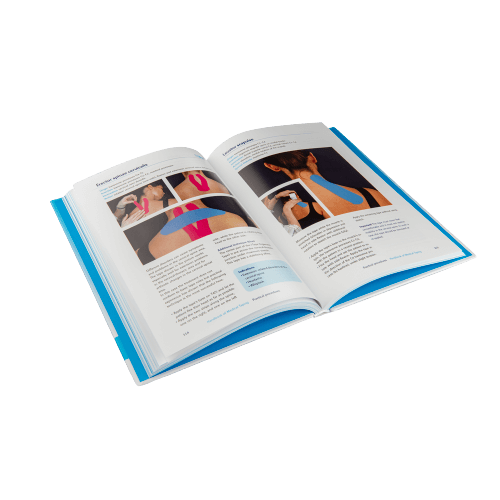Applying kinesiology tape to the m. deltoid muscle (the large muscle covering the shoulder) can help activate and support the area, providing immediate pain relief and a stabilizing effect during shoulder discomfort.
Shoulder taping for instability (subluxation)
Shoulder instability can arise from a variety of factors and can result in subluxation. Because the shoulder is a very mobile joint, shoulder and rotary cuff injuries often occur. The head of the humerus (ball of the upper arm) is relatively large with respect to the glenoid fossa (socket) of the shoulder blade. This makes large movements possible, but this can lead to shoulder instability and subluxation in the event of a trauma. In the event of a trauma, the structures (ligaments, tendons and muscles) around the shoulder are stretched. The shoulder becomes unstable, causing it to move out of the socket.
Get started with these items to tape your shoulder
-
CureTape® Classic Kinesiology Tape
Bestseller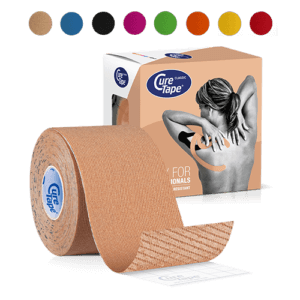 $19.95
In stockSelect options This product has multiple variants. The options may be chosen on the product page
$19.95
In stockSelect options This product has multiple variants. The options may be chosen on the product page -
CureTape® Sports Extra Sticky Kinesiology Tape
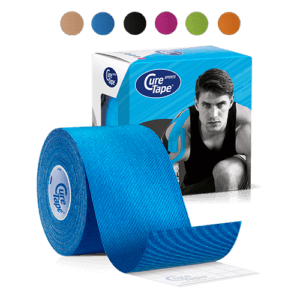 $21.95
In stockSelect options This product has multiple variants. The options may be chosen on the product page
$21.95
In stockSelect options This product has multiple variants. The options may be chosen on the product page -
Standard scissors
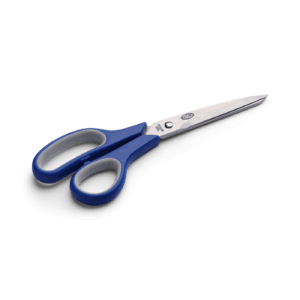 $14.95
In stockAdd to cart
$14.95
In stockAdd to cart -
CureTape® Pre-Tape Spray
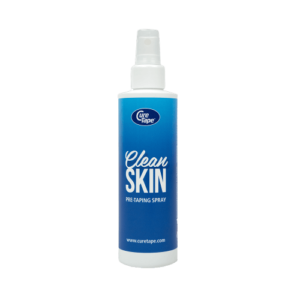 $21.95
In stockAdd to cart
$21.95
In stockAdd to cart

Christina’s advice when taping your shoulder
When taping your shoulder, it’s crucial to choose a tape that provides strong adhesion and support. That’s why I recommend CureTape kinesiology tape. For regular use, CureTape Classic or Art is ideal. However, if you’re engaging in extreme sports or swimming, opt for the extra sticky CureTape Sports variant!
How to tape your shoulder
How To Tape a Shoulder:
- Cut three strips of kinesiology tape, each measuring 5 cm by 25-30 cm, depending on the size of the shoulder. The strips are applied while the shoulder is in a neutral position (not raised or lowered) starting from the acromion (the bony prominence on the top of the shoulder), with a slight stretch applied to the tape.
- Place the first strap from the Acromion in the middle over the M. Deltoid muscle.
- The other two strips also start from the Acromion and follow the outer edges of the M. Deltoid.
Kinesiology taping / strapping for support and stability

Learn how to tape
- The Ultimate Taping Guide: Focuses on self-taping for the 30 most common injuries where taping provides support.
- Kinesiology Taping Method Manual: Designed for (para medical) professionals, covering basic taping techniques and various pathologies.
- Decompressive Taping Techniques Manual: Specifically focuses on lymphatic taping methods for decompression.
What are you waiting for? Order a copy today!
THYSOL is the manufacturer of the kinesiology tape brand CureTape. As CureTape, we have been training and supplying professionals for 25 years. And consumers now know how to find us too! By manufacturing all our tapes in our own factory, we can guarantee the best quality!
Please note that the indicated tape applications and information on our website about the possibilities with kinesiology tape have not yet been scientifically proven. The statements and examples mentioned are based on long-term experiences of patients and trained therapists.
Contraindications not to tape: pregnancy, open wounds, broken bones, unexplained complaints, allergies and skin diseases, use of medication such as blood thinners, thrombosis and fever. Always apply tape in consultation with a specialist.

